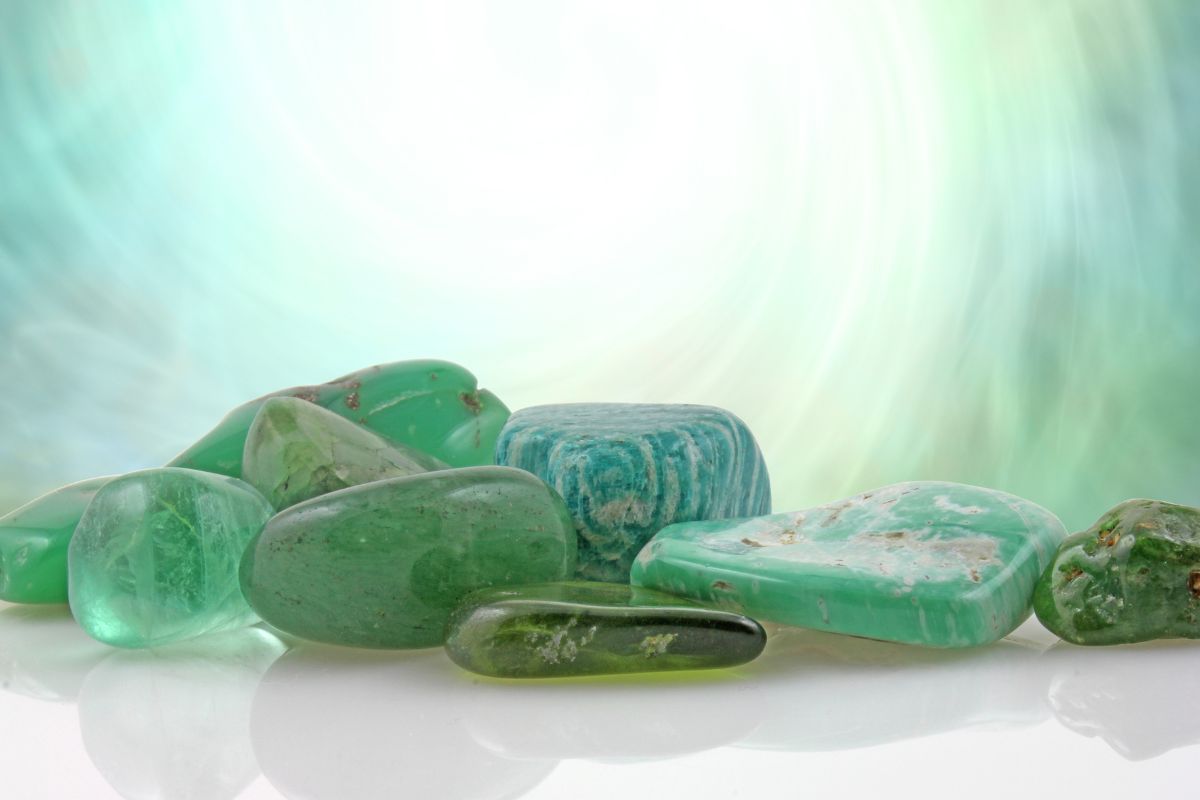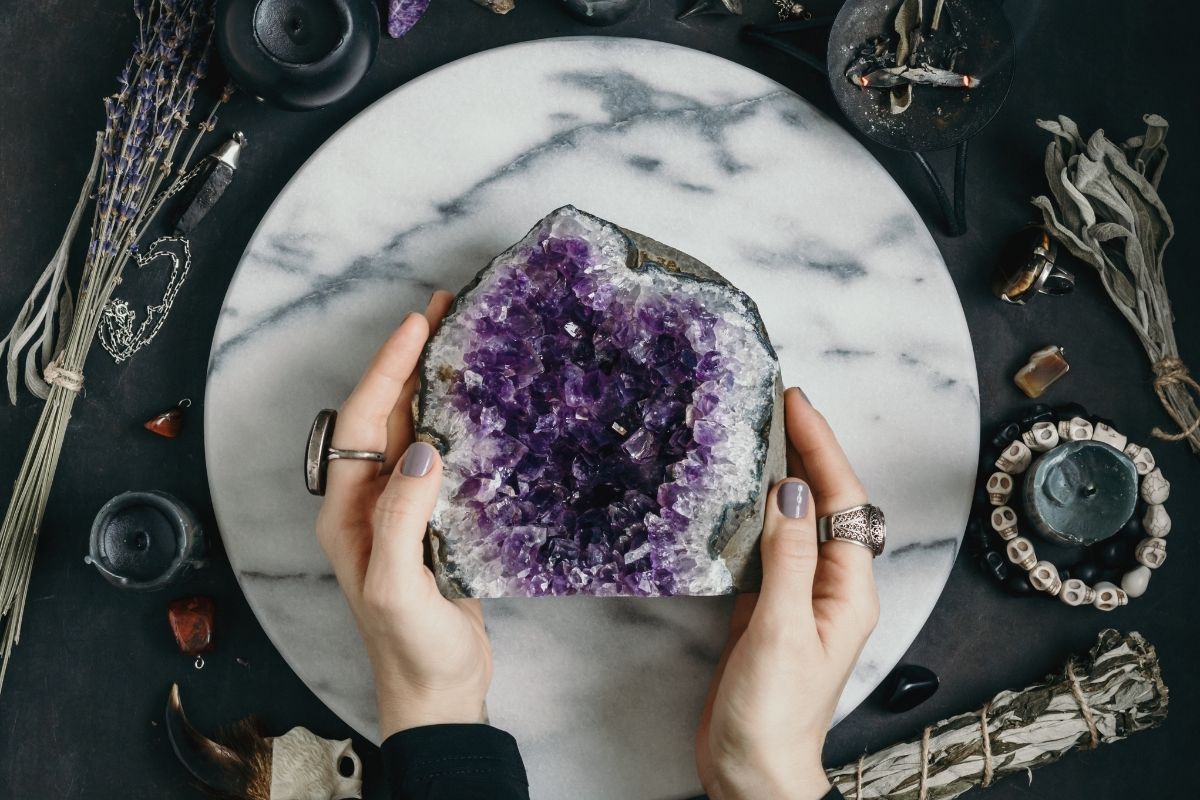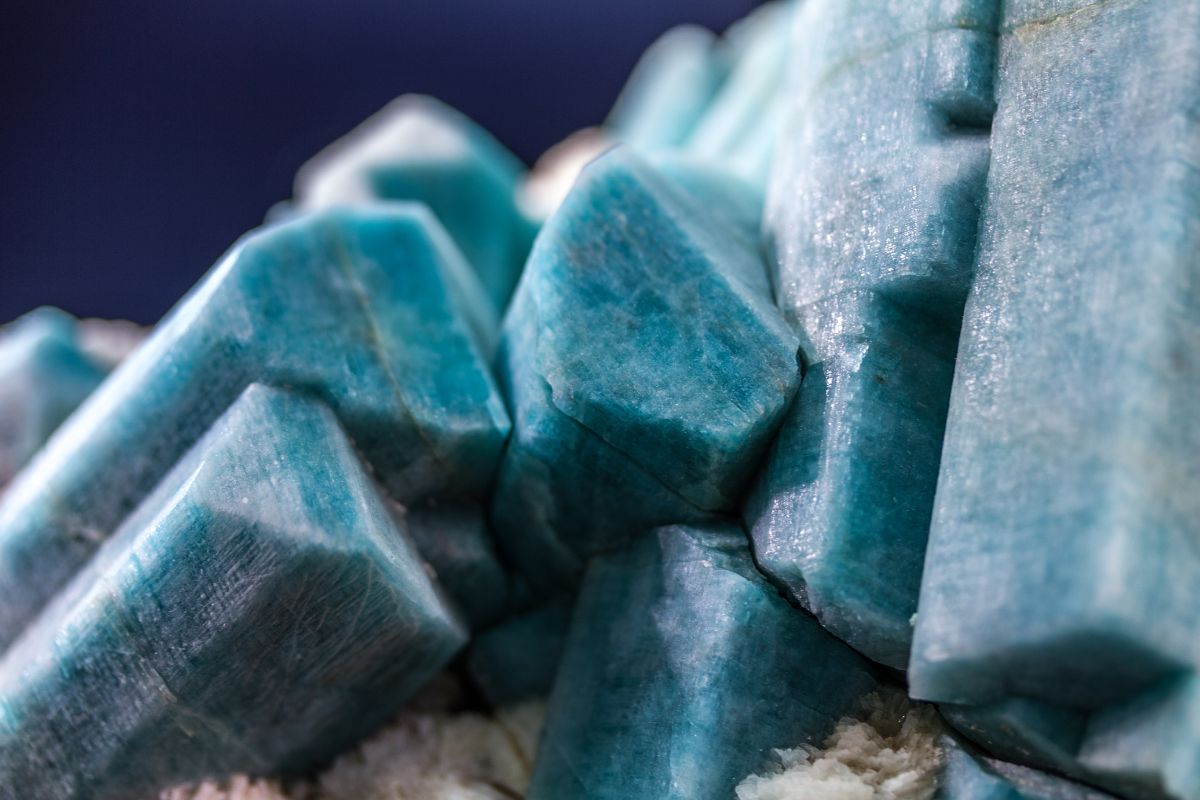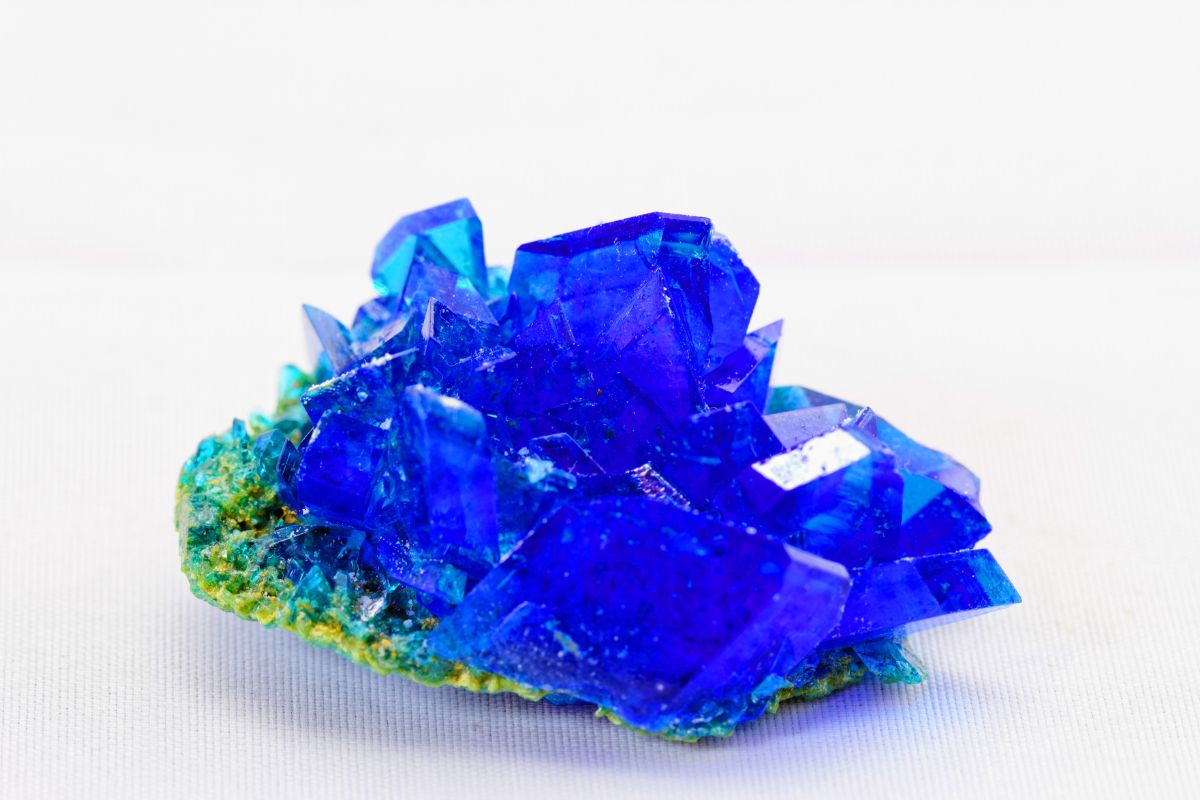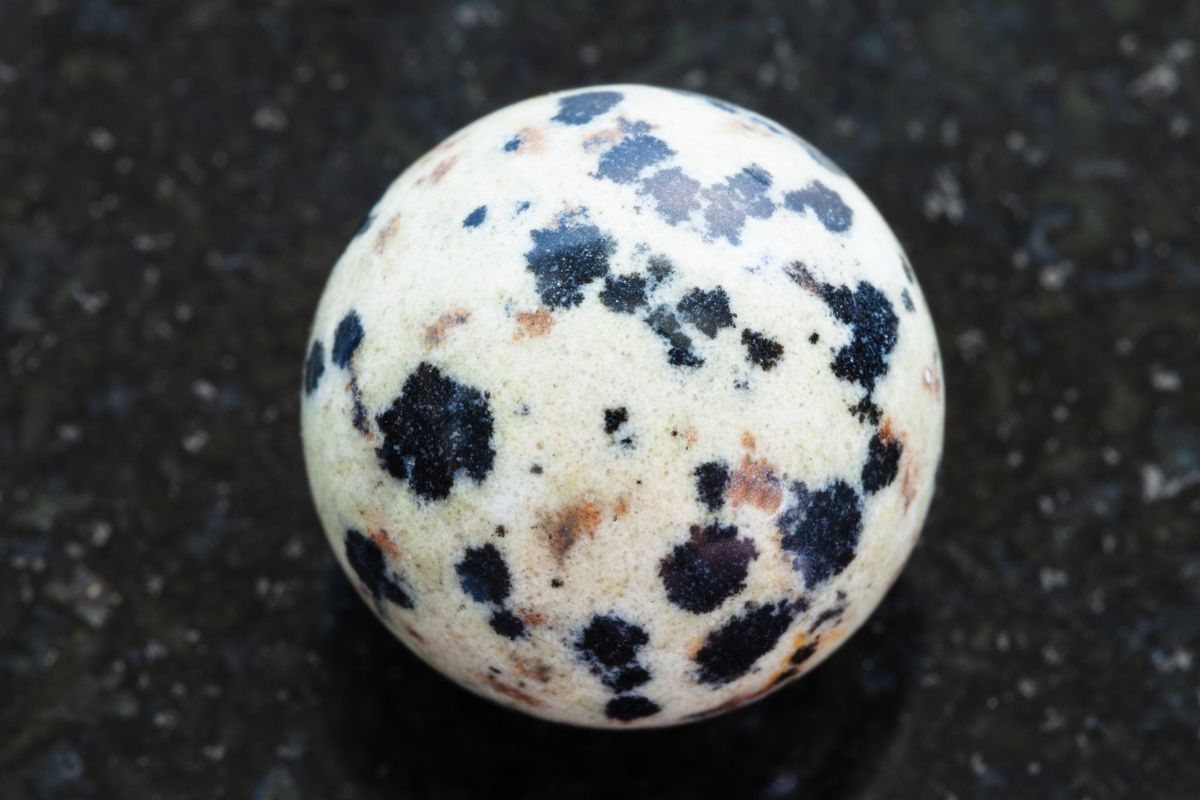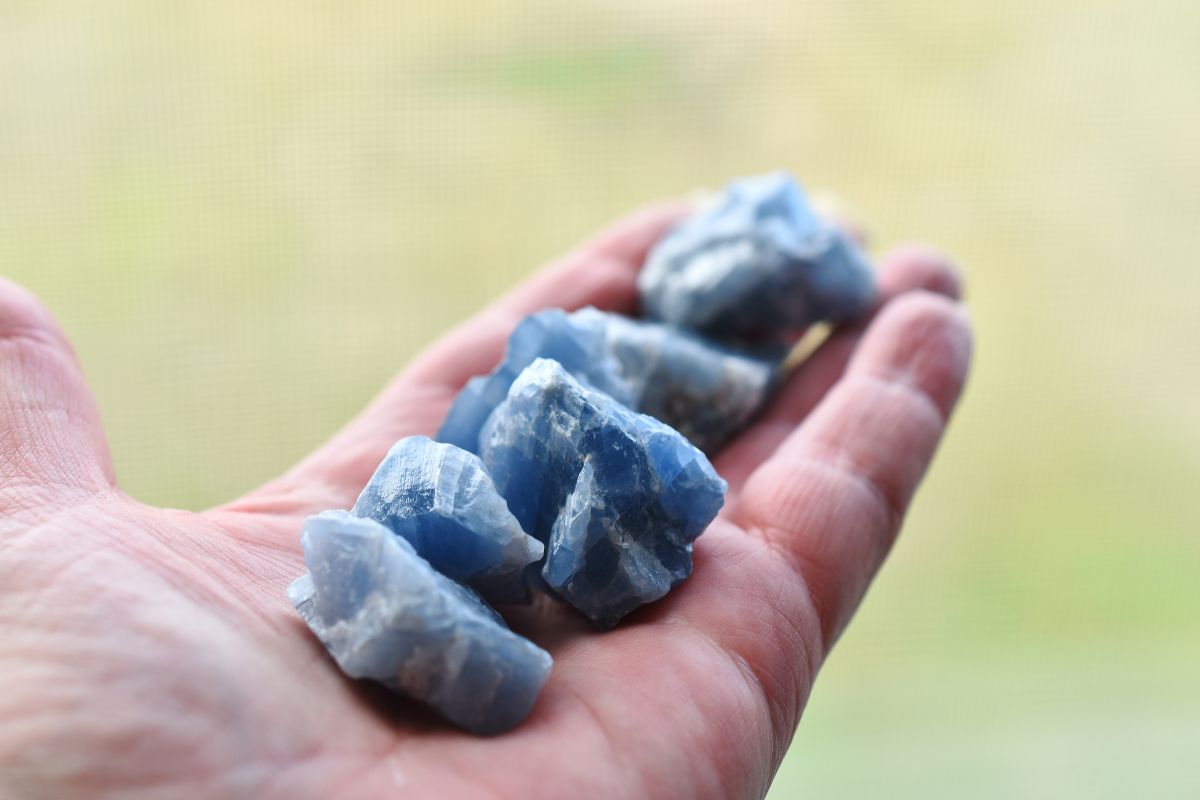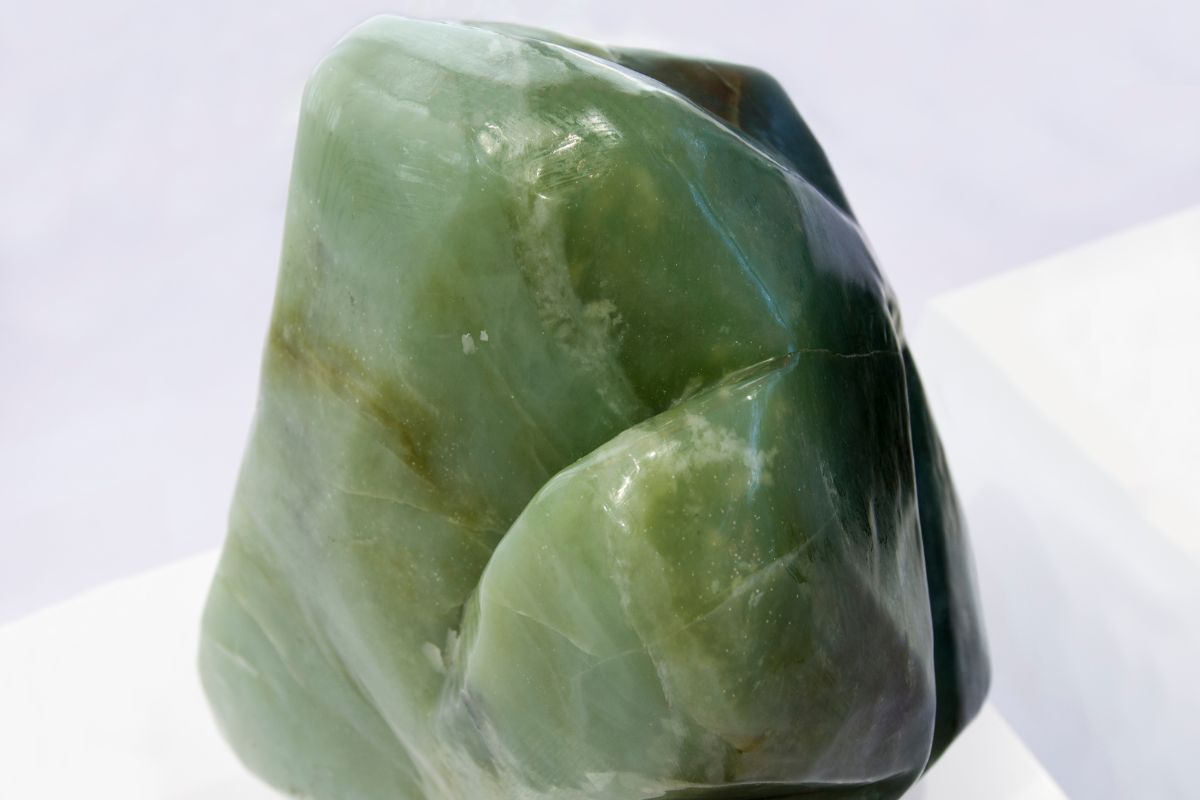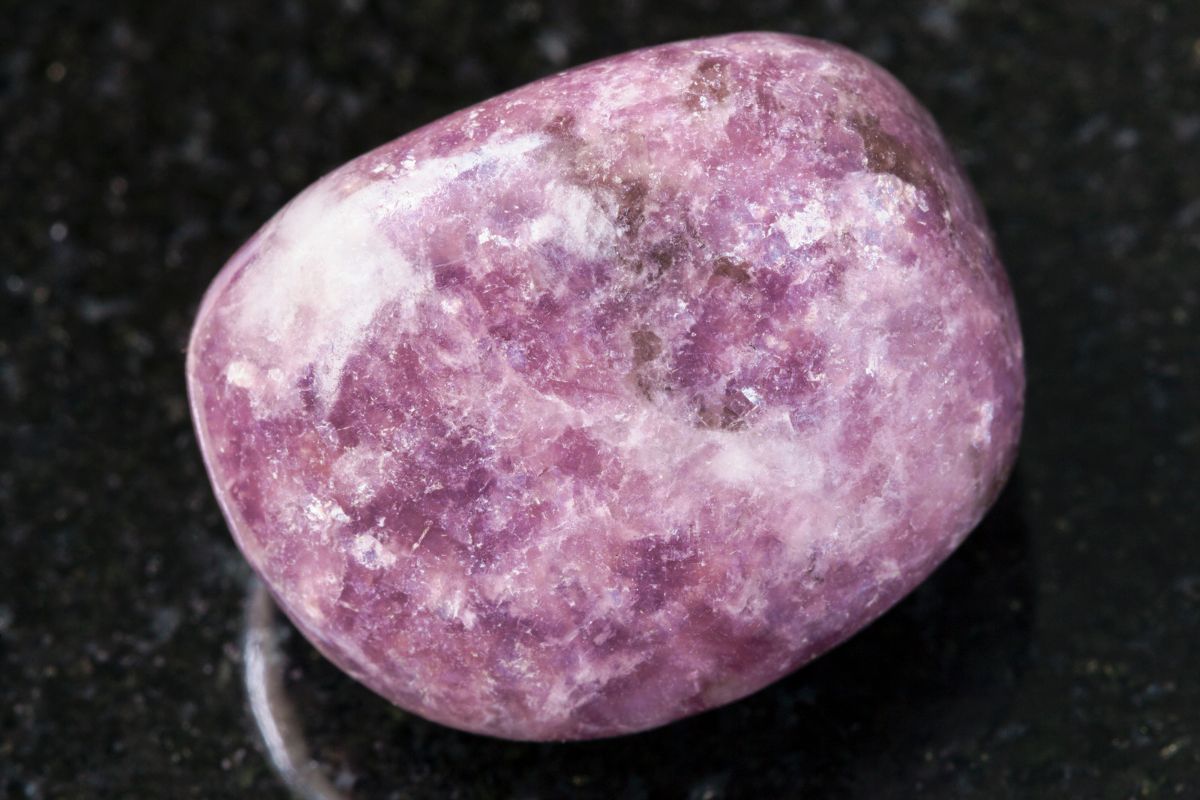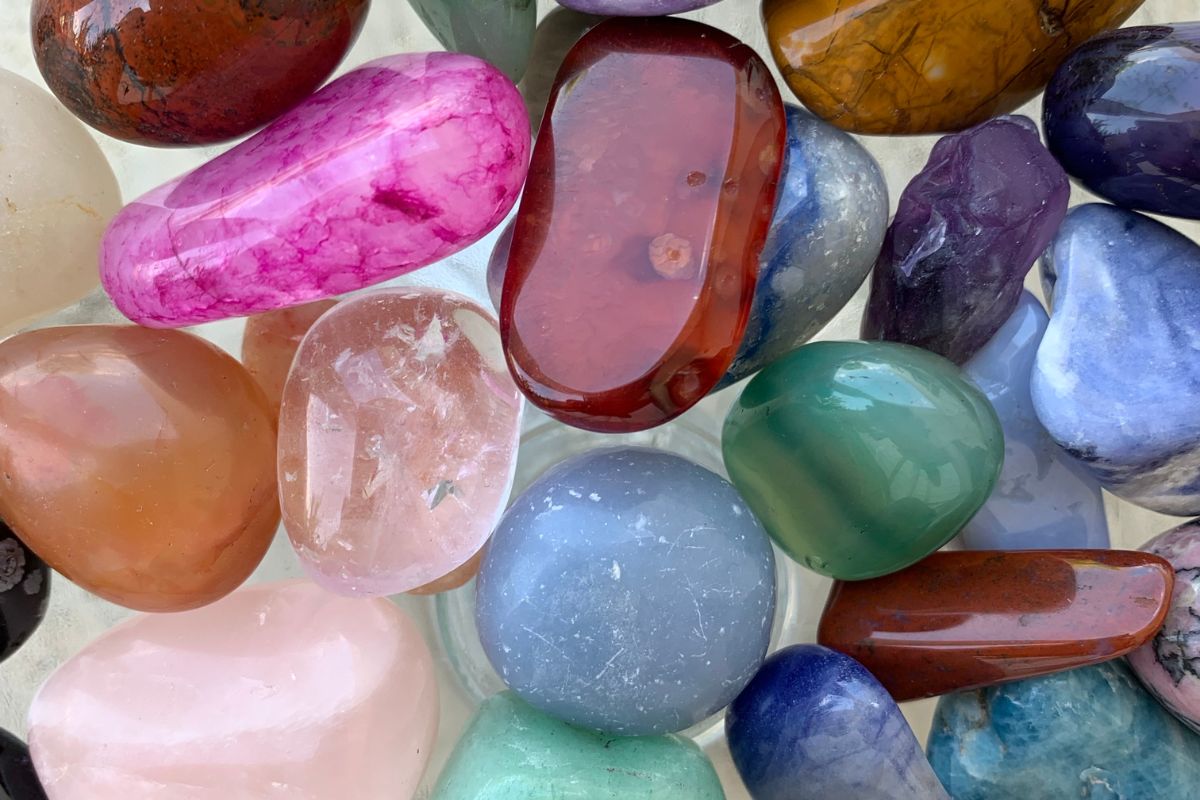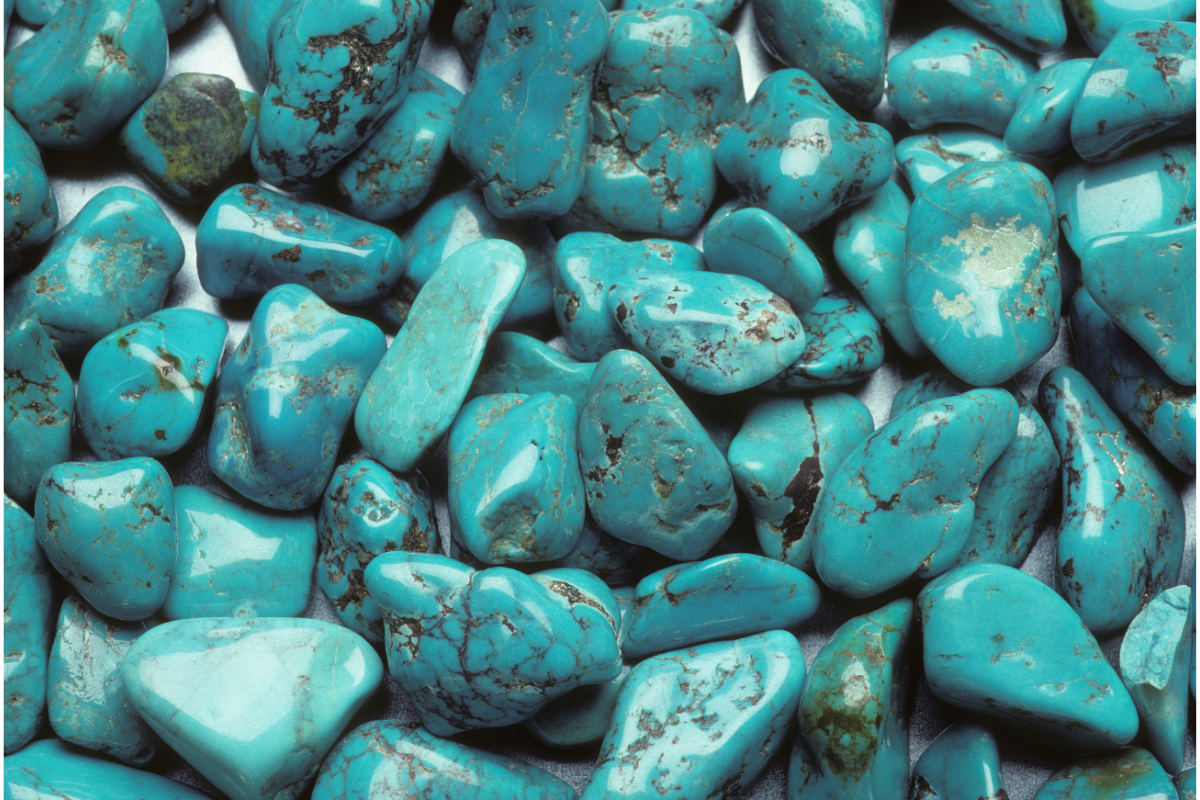Gemstones have been a fascination for centuries, and two of the most popular gemstones out there are Lapis Lazuli and Jasper, but if you’re not familiar with these two gemstones, then you’re probably wondering what the exact differences between the two gemstones are.
On one hand, you have the gorgeous deep blue Lapis Lazuli, which was believed to have an array of powerful spiritual properties, while Jasper can come in a variety of different colors, and is a commonly used gemstone in a variety of different forms of jewelry making.
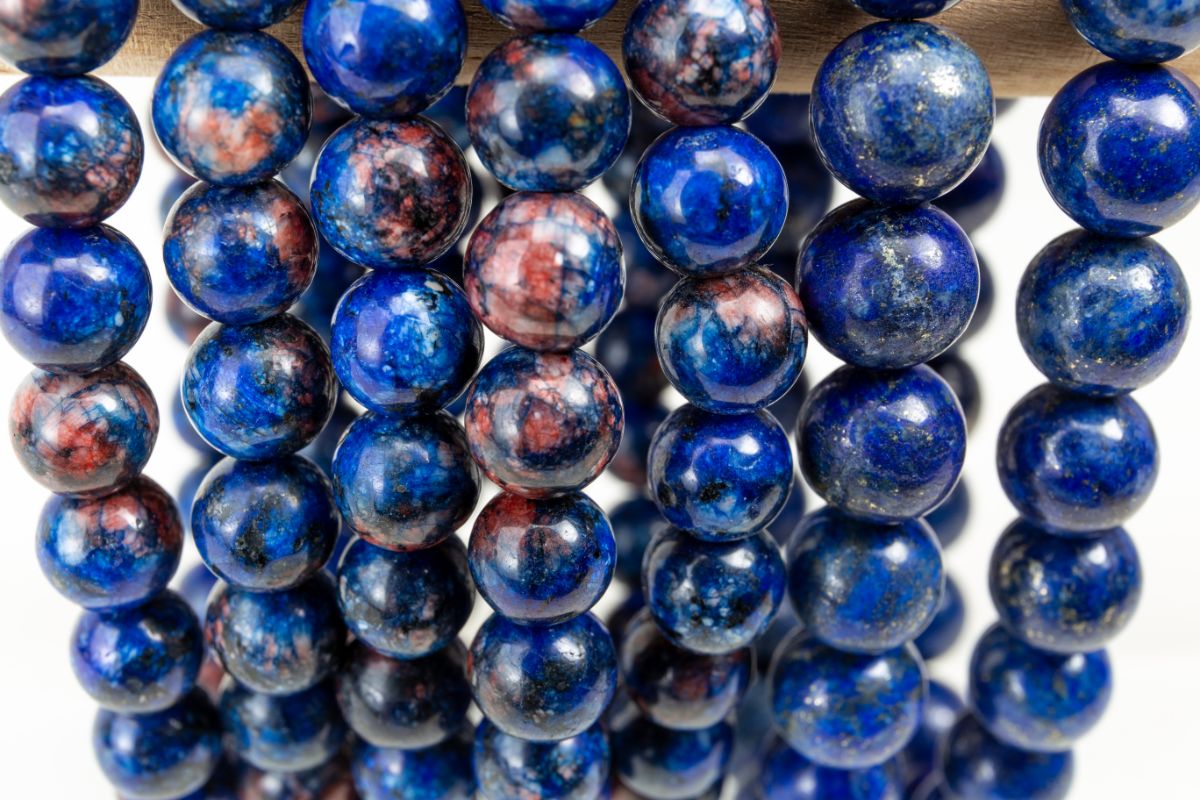
So, if you want to learn more about these two incredible gemstones, this guide will provide you with all the information you need to know, including some of the most important facts about these gemstones and their uses, and much more!
What Is Lapis Lazuli?
Characterized by its immense deep blue coloring, Lapis Lazuli is a contact metamorphic rock composed of many different minerals.
This includes both Pyrite and Calcite, which are what help to give Lapis Lazuli both the gold and the white flecks and speckling that can be seen throughout the surface of the stone.
Its name comes from the word “Lapis” which is Latin for stone, while Lapis is a Persian word derived from Lazhuward, which means Blue, which makes sense when you consider its coloring.
Lapis is found right in the middle of the Mohs scale of hardness, with a rating of 5.0-5.5.
Lapis Lazuli is also the birthstone for those born in September and is astrologically aligned with Libras, Sagittarius, Capricorns, and Taurus’ too.
Lapis Lazuli is very much in the middle of the Mohs scale of hardness, which means that while it tends to be harder than a load of the more popular stones out there, it also happens to be slightly softer than the transparent gems too.
Where Can You Find Lapis Lazuli?
Lapis Lazuli is a stone that can be found in a number of different countries across the world, with the highest quality Lapis Lazuli originating in both Pakistan and Afghanistan, although it can also be found in Canada, Chile, Argentina, and the USA too.
Lapis Lazuli can be found as a part of the metamorphic rocks, which are formed as a result of the intense pressure and heat under the surface of the Earth.
The Lapis Lazuli is created when fluids that contain the right minerals infiltrate these stones and eventually harden.
What Is Lapis Lazuli Used For?
Lapis Lazuli has been a favored gemstone by various cultures for thousands of years, and over that time, has been used for many different purposes.
Arguably its most common use is as jewelry, where it’s often cut into specific shapes and used in necklaces, rings, bracelets, and even earrings.
Its popularity stems from its rich deep blue color, which makes it particularly striking when worn.
In a similar fashion, it’s also been used in a decorative manner, adorning vases and boxes, as well as being used for sculptures too.
Outside of its decorative uses, Lapis Lazuli has also been used as a pigment for painting and dyeing clothing, where the stone would be ground down into a powder, and mixed with other ingredients in order to create both paint and dye.
Finally, Lapis Lazuli is also believed to possess a number of metaphysical healing properties too, with some believing that it helps to promote wisdom, inner peace, and clarity, as well as its association with the throat and third eye chakras.
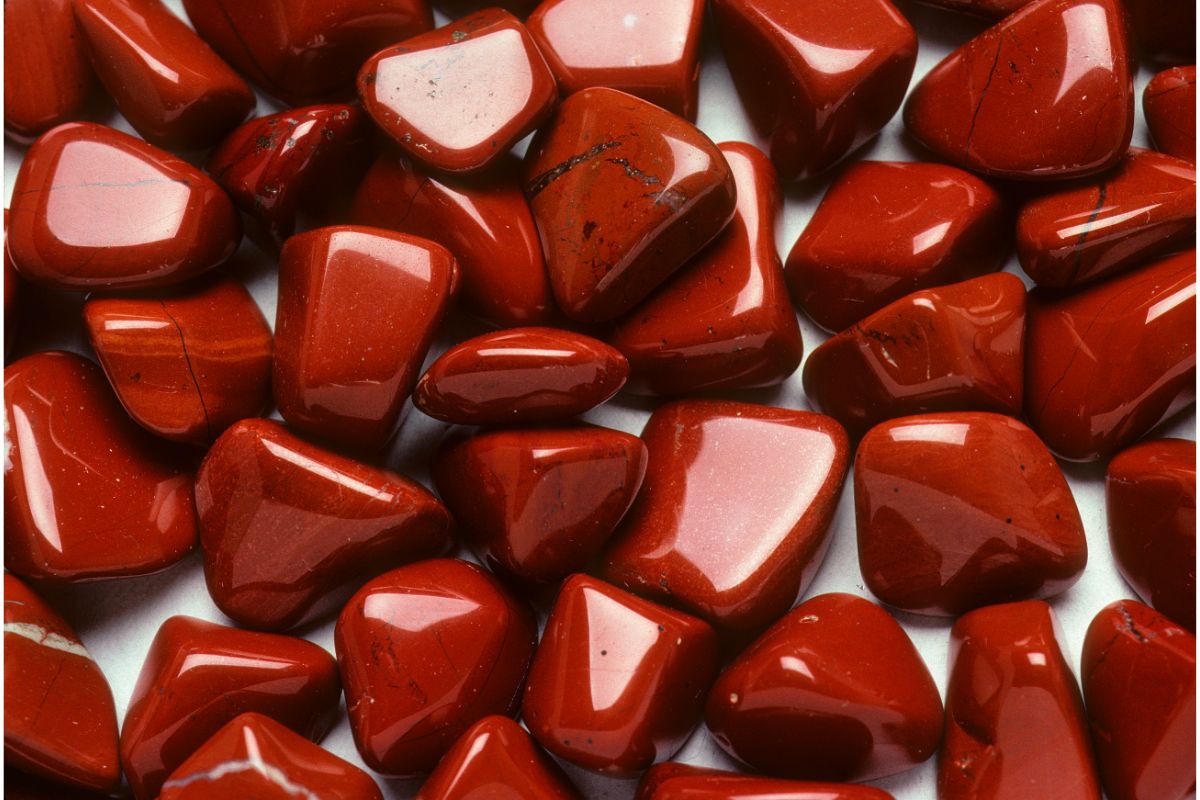
What Is Jasper?
This opaque chalcedony is Jasper, and is a mineral that makes up a part of the quartz family.
Jasper can be found in a variety of different colors and patterns, so don’t be surprised if you find red, green, yellow, brown, gray, and even rarely blue forms of Jasper, as it all depends on the mineral content of the ash or sediment that it is formed from.
Jasper is also known to sometimes contain varying different bands and patterns too, which come from the organic materials and mineral oxides contained in the rock too, which means that no two pieces of jasper will ever truly be the same.
Jasper has a Mohs hardness scale rating that ranges from 6.5-7, which means it’s slightly more rugged than other stones out there.
Where Can You Find Jasper?
Jasper can be found in many places all over the world, and the location where jasper is found can play a huge part in determining the patterns and colors it takes on.
For example, Brazil is known to have a large number of Jasper deposits, with red jasper being the most commonly found variant there.
Meanwhile in India, green, yellow, and ochre jasper is the most common color variation of jasper found.
There are also large amounts of jasper in Madagascar, Egypt, Russia, and North America too, so be sure to check where your jasper is coming from if you’re looking for a particular color!
What Is Jasper Used For?
Much like Lapis Lazuli, Jasper has been adored for centuries thanks to its particularly attractive looks, as a result, it is also a stone that has been widely used for jewelry making and decoration, including everything from rings and necklaces, to snuff boxes and vases.
Jasper also has metaphysical uses too, where people believe its connection to the root chakra and its ability to promote stability, grounding, and strength means that it can have a calming effect on the user.
The Differences Between Lapis Lazuli And Jasper
Overall, while there are some similarities, these two gemstones differ a lot.
Lapis lazuli is almost always blue in color, while jasper can rarely be blue, but is much more commonly found in red, green, yellow, or gray.
Both of these gemstones are opaque, but they differ in hardness, with Jasper being the harder of the two.
In addition to this, lapis lazuli tends to be preferred for higher-end jewelry, while jasper is a much more casual style gemstone.
Final Thoughts
We hope that this guide to lapis lazuli, jasper, and the differences between them is helpful, and you should now be able to distinguish between these two gemstones with ease. Thanks for reading!
- 15 Crystals That Cannot Be Exposed To The Sun - January 7, 2024
- Malachite Vs Fuchsite – Benefits And Uses - January 7, 2024
- Malachite Vs. Green Jasper: Benefits And Uses - January 7, 2024

